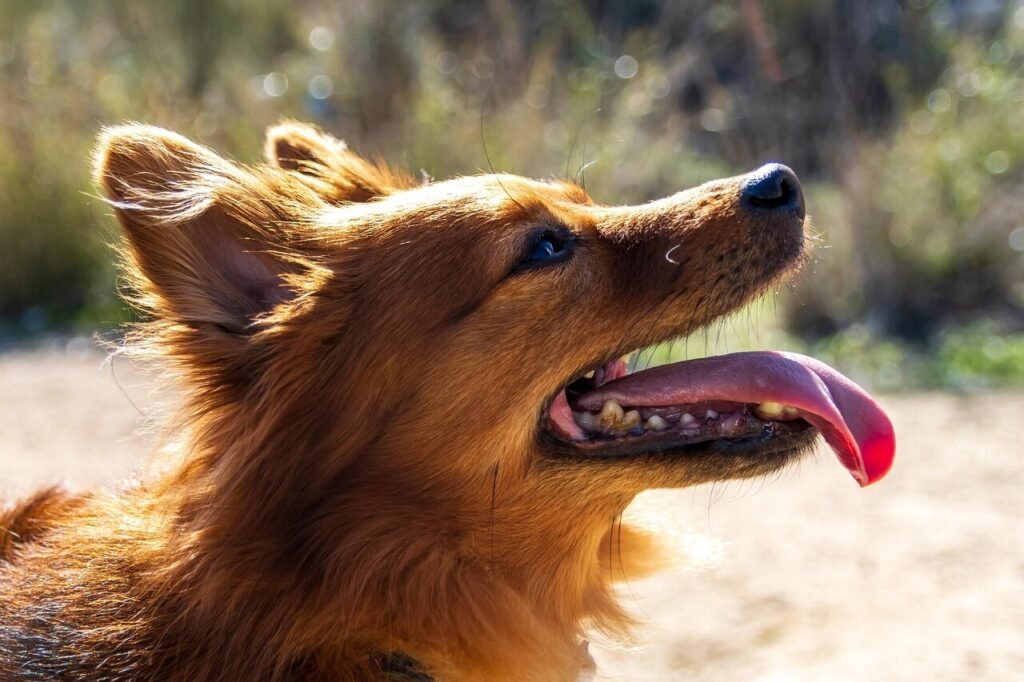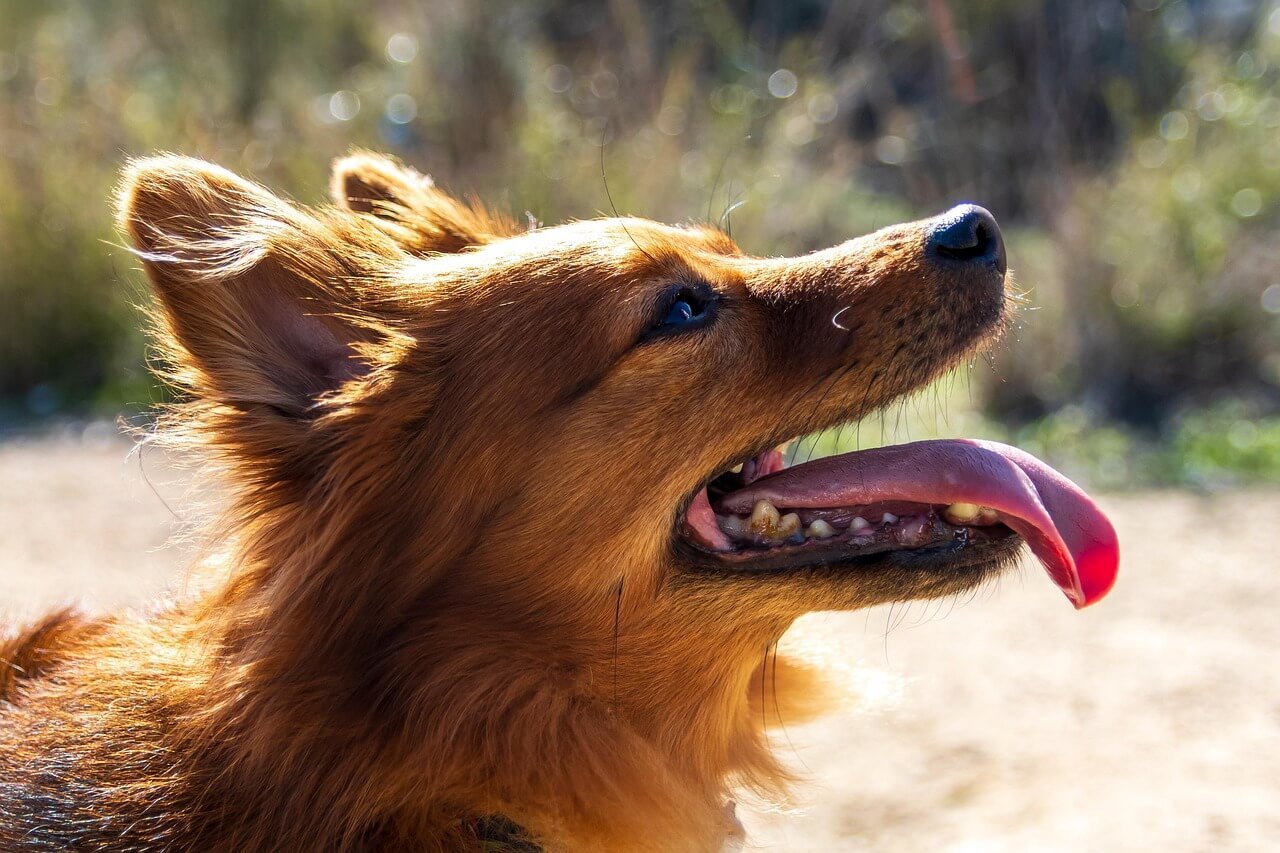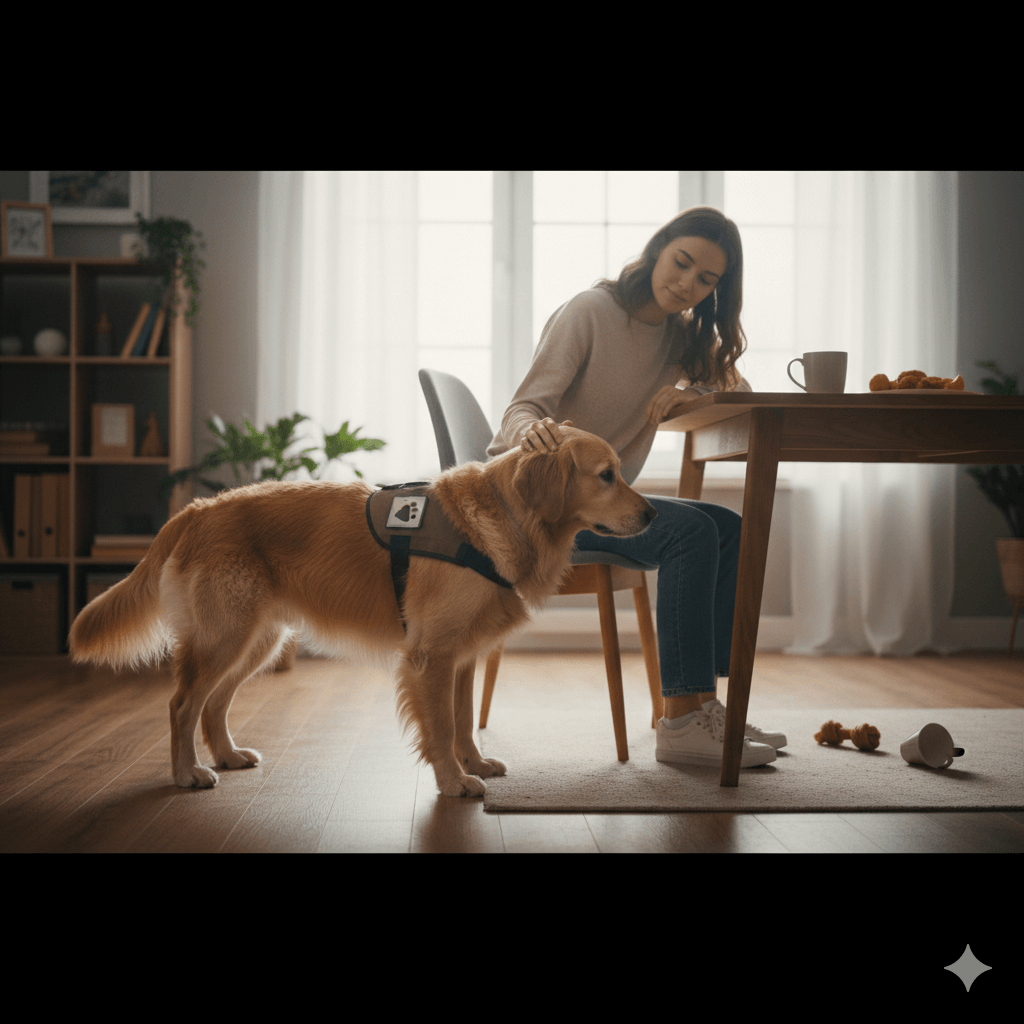How Long Does It Take to Spay a Dog? A Comprehensive Guide for Pet Owners
Spaying your dog is one of the most responsible decisions you can make as a pet owner. This routine surgical procedure not only helps control the pet population but also offers numerous health and behavioral benefits for your furry friend. However, many pet owners find themselves wondering about the time commitment involved in spaying a dog. How long does the surgery itself take? What about the recovery period? In this blog post, we’ll break down everything you need to know about the process, from start to finish, so you can feel confident and prepared when it’s time for your dog’s spay surgery.
Understanding the Spay Procedure: Key Steps Involved
Before diving into the specifics of how long the surgery takes, it’s important to understand what happens during the spay procedure. The process involves several key steps that ensure your dog’s safety and comfort throughout the operation. Here’s a breakdown of what typically occurs:
Pre-surgical preparation:
Your veterinarian will conduct a thorough physical examination to ensure your dog is healthy enough for surgery.Anesthesia administration:
The dog is given general anesthesia to ensure they remain unconscious and pain-free during the procedure.Incision and surgical removal:
The veterinarian makes an incision in the abdomen to access and remove the reproductive organs (ovaries and uterus).Closing the incision:
After the organs are removed, the incision is carefully closed with sutures or staples.Post-operative monitoring:
Once the surgery is complete, your dog is closely monitored as they wake up from anesthesia.
Each of these steps plays a critical role in ensuring the procedure is safe and successful. Understanding the process can help ease any concerns you may have about the surgery itself.
Factors That Influence the Duration of a Spay Surgery
While the actual surgery typically lasts between 20 to 90 minutes, several factors can influence how long the procedure takes. These variables are important to consider when planning for your dog’s spay surgery. Here’s a closer look at some of the key factors:
Age and size of the dog:
Larger dogs often require more time due to their size and the complexity of accessing their reproductive organs.Health condition of the dog:
If your dog has underlying health issues, additional precautions may be necessary, potentially extending the surgery time.Experience of the veterinarian:
A skilled and experienced surgeon can perform the procedure more efficiently compared to someone who is less experienced.Type of spay procedure:
Traditional spaying involves removing both the ovaries and uterus, while alternative methods like ovary-sparing spays may take less time.Presence of complications:
In rare cases, unexpected complications such as excessive bleeding may arise, requiring additional time to address.
By understanding these factors, you can better anticipate how long your dog’s spay surgery might take and discuss any concerns with your veterinarian beforehand.
Check this guide 👉How Long After Eating Does a Dog Poop? Best 7 Expert Tips!
Check this guide 👉How Much Are Vaccines for Dogs? Best 7 Health Tips!
Check this guide 👉How to Stop Your Dog from Pulling on the Leash: Best 7 Tips!

Factor Influencing Spay Surgery Time | Explanation |
|---|---|
Age and Size of the Dog | Larger or older dogs may require more time due to their physical characteristics. |
Health Condition | Dogs with pre-existing conditions may need extra care during surgery. |
Veterinarian’s Experience | Experienced vets can perform the procedure more quickly and efficiently. |
Type of Spay Procedure | Traditional spays take longer than alternative methods like ovary-sparing. |
Presence of Complications | Rare complications can extend the duration of the surgery. |
Recovery Timeline After a Spay Surgery
The recovery period after a spay surgery is just as important as the procedure itself. While the surgery may only take an hour or less, the healing process requires careful attention and patience. Here’s what you can expect during your dog’s recovery:
Immediate post-surgery care:
Your dog will need to stay at the veterinary clinic for a few hours to ensure they recover safely from anesthesia.First 24 hours at home:
Keep your dog in a quiet, comfortable space where they can rest without disturbances.Activity restrictions:
Limit physical activity for at least 10 to 14 days to prevent complications like tearing the incision.Monitoring the incision site:
Check the incision daily for signs of infection, such as redness, swelling, or discharge.Follow-up appointments:
Schedule a follow-up visit with your vet to ensure proper healing and remove any stitches if necessary.
Proper recovery is essential for your dog’s well-being, so it’s important to follow your veterinarian’s instructions carefully during this time.
Benefits of Spaying Your Dog: Why It’s Worth the Time Investment
Spaying your dog is a decision that goes beyond controlling the pet population. It offers numerous benefits that make the time and effort worthwhile. Here are some compelling reasons to spay your dog:
Reduced risk of certain cancers:
Spaying eliminates the risk of ovarian and uterine cancers and significantly reduces the risk of mammary tumors.Prevention of unwanted litters:
Spaying ensures your dog cannot contribute to overpopulation, which often leads to shelter overcrowding.Improved behavior:
Spayed dogs are less likely to exhibit behaviors like roaming or aggression related to hormonal changes.Longer lifespan:
Studies show that spayed dogs tend to live longer, healthier lives compared to unspayed dogs.Cost savings over time:
While there’s an upfront cost for the surgery, spaying can save money by preventing costly treatments for reproductive-related health issues.
With so many benefits, spaying your dog is a decision that supports both their health and happiness in the long run.
Additional Benefits of Spaying for the Community
Spaying your dog not only benefits your pet but also has a positive impact on the broader community. Responsible pet ownership plays a key role in creating a safer and healthier environment for both animals and humans. Here are some ways spaying contributes to community well-being:
Reduction in stray populations:
Fewer unplanned litters mean fewer dogs ending up as strays or in overcrowded shelters.Lower risk of public health issues:
Stray dogs can pose risks such as spreading diseases or causing accidents, which spaying helps mitigate.Promotion of responsible pet ownership:
Spaying sets an example for other pet owners, encouraging them to make informed decisions about their pets’ health.Decreased burden on animal shelters:
With fewer unwanted dogs, shelters can allocate resources more effectively to care for animals in need.Improved quality of life for pets and people:
A balanced pet population leads to stronger bonds between pets and their families, fostering happier communities.
By spaying your dog, you’re contributing to a cycle of positive change that extends far beyond your own household.
Tips for Preparing Your Dog for Surgery
Proper preparation is essential to ensure your dog’s spay surgery goes smoothly and without complications. Taking a few simple steps beforehand can help your dog feel more comfortable and reduce stress for both of you. Here are some tips to prepare your dog for the big day:
Follow pre-surgery fasting guidelines:
Your vet will likely advise you to withhold food and water for a set period before the procedure to prevent complications during anesthesia.Create a calm environment:
Keep your dog relaxed and avoid strenuous activities the day before surgery.Gather necessary supplies:
Stock up on items like a cozy recovery bed, an Elizabethan collar (cone), and any prescribed medications.Ask questions:
Don’t hesitate to clarify any doubts with your veterinarian about the procedure or aftercare instructions.Plan for post-surgery care:
Arrange for time off work or enlist help to monitor your dog closely during the initial recovery phase.
Being well-prepared ensures that both you and your dog are ready for a smooth surgical experience and a speedy recovery.
Signs That Your Dog Is Recovering Well
After spaying, it’s important to monitor your dog’s recovery closely to ensure they’re healing properly. Recognizing the signs of a successful recovery can help you identify potential issues early and provide peace of mind. Here’s what to look for:
Normal energy levels returning gradually:
While your dog may be lethargic immediately after surgery, their energy should slowly return within a few days.Healthy appetite:
A recovering dog should show interest in food and eat normally unless otherwise instructed by your vet.Clean and dry incision site:
The surgical area should remain free of redness, swelling, discharge, or signs of irritation.No excessive licking or chewing:
If your dog leaves the incision alone (with the help of a cone if needed), it’s a good sign they’re healing well.Improved mobility:
Your dog should regain their ability to move comfortably, though strenuous activity should still be avoided.
By keeping an eye on these indicators, you can ensure your dog is on the right track to a full recovery. If anything seems unusual, don’t hesitate to contact your veterinarian for guidance.
Frequently Asked Questions About Spaying a Dog
Is spaying a major surgery?
Yes, spaying is considered a major surgery because it involves entering the abdominal cavity. However, it is a routine and safe procedure when performed by a qualified veterinarian.
How long does my dog need to stay at the clinic after surgery?
Most dogs stay at the clinic for a few hours after surgery to recover from anesthesia. Some clinics may allow them to go home the same day, while others may keep them overnight for observation.
Can I feed my dog immediately after surgery?
It’s best to wait until your dog is fully awake and alert before offering food. Start with small amounts and gradually return to their regular diet.
Will my dog be in pain after the surgery?
Your dog may experience mild discomfort, but veterinarians provide pain management medications to ensure their comfort during recovery.
When can my dog resume normal activities?
Most dogs can resume normal activities within 10 to 14 days, but it’s important to follow your vet’s specific recommendations based on your dog’s recovery progress.
Final Thoughts: Making the Right Choice for Your Dog
Deciding to spay your dog is a significant step toward ensuring their long-term health and happiness. While the surgery itself may only take a short amount of time, the benefits it provides last a lifetime. From reducing the risk of serious health issues to promoting better behavior, spaying is a gift that keeps on giving. By understanding the process, recovery timeline, and benefits, you can approach this important decision with confidence and peace of mind. Remember, your veterinarian is always there to guide you through every step of the journey, ensuring your dog receives the best possible care.
Understanding Bone Supplement for Cats: Best 7 Expert Tips! – Safe, vet-approved guidance for strong feline bones & balanced nutrition.
Bone Supplement for Dogs: Best 7 Expert Tips! – Expert guide to calcium, collagen & bone health for every life stage.
Understanding Can Cats Get Sunburn: Best 7 Expert Tips! – Protect your feline from UV damage with vet-backed prevention strategies.
How to Train a Seizure Alert Dog: Best 7 Expert Tips! – Learn expert-backed steps to nurture natural instincts into reliable, life-saving seizure alerts.





